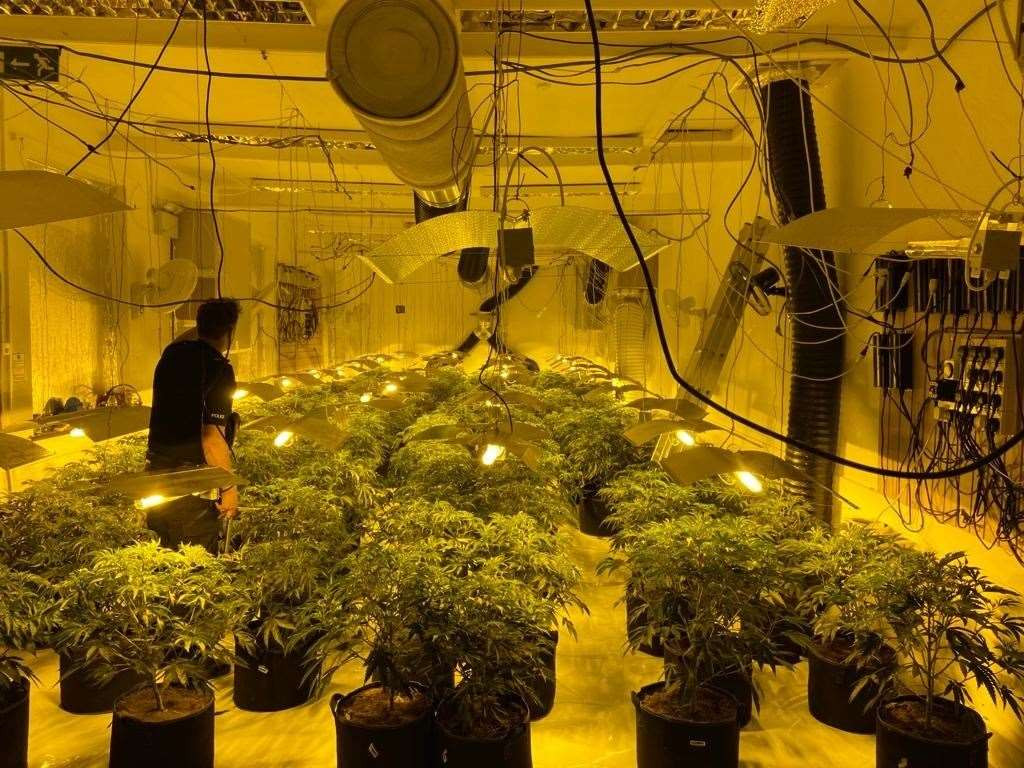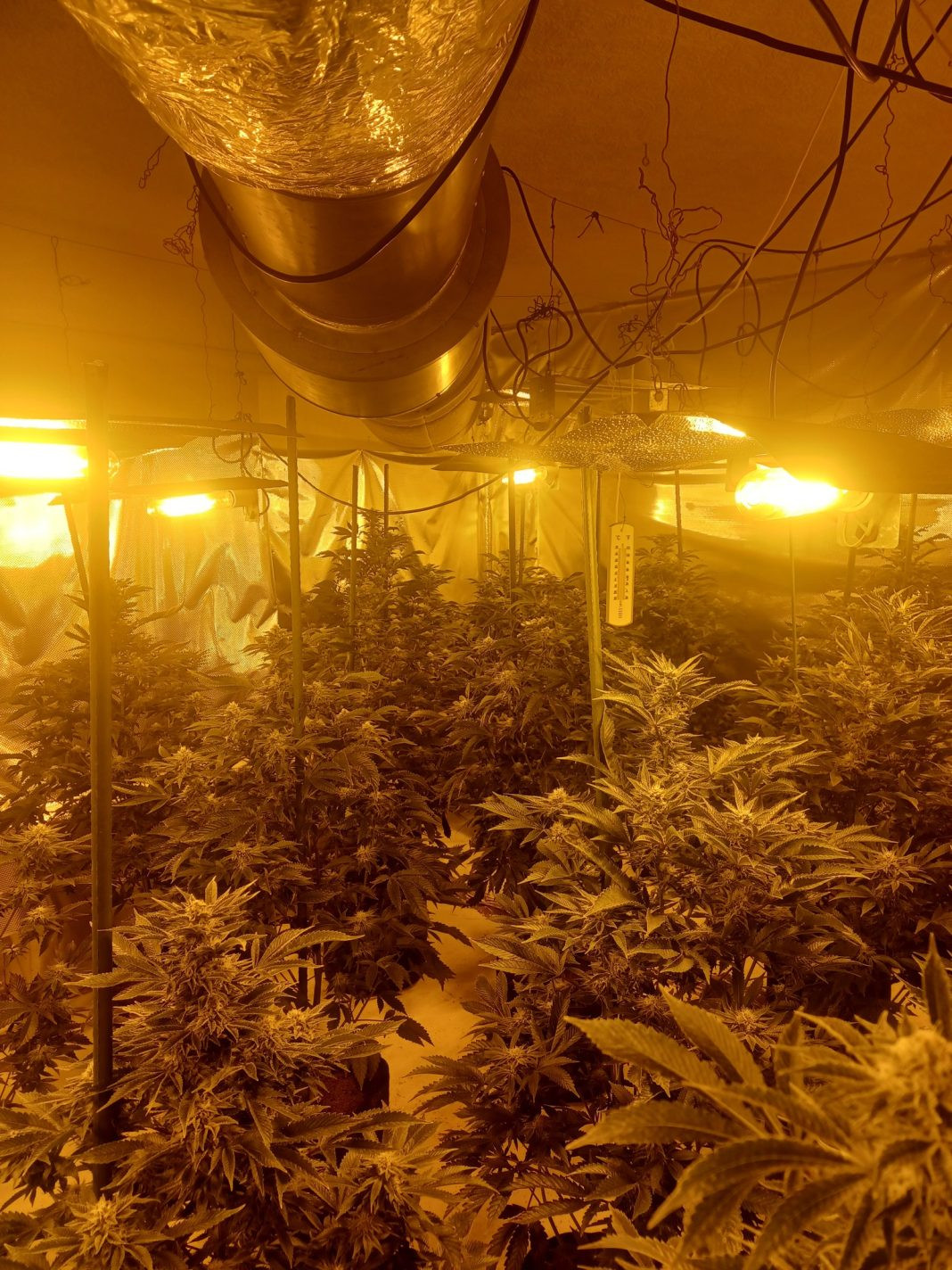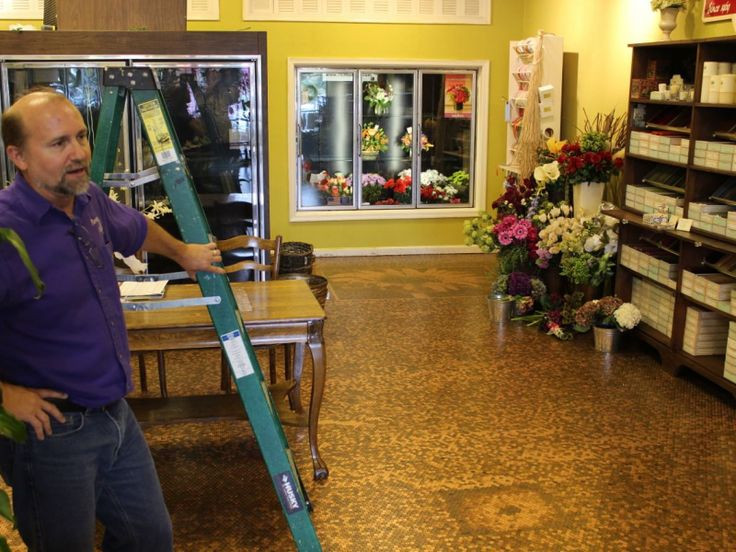Unearthing Leeds' Green History: A 200-Year-Old Secret
Leeds Museums and Galleries, in collaboration with Space2, a Gipton-based charity, is embarking on an ambitious project, ‘The Dead Plant Society.’ This initiative aims to analyze a vast collection of 250,000 herbarium sheets – preserved plants and flowers collected over the past two centuries. The project's goal is to use these botanical archives to study how air quality and pollution levels have changed in Leeds, impacting the city's plant life and biodiversity.
The herbarium sheets, first created in Italy during the 15th century, offer a unique time capsule of Leeds' environmental history. If properly preserved, as these have been, they can last for hundreds of years, providing invaluable data for researchers. Clare Brown, Leeds Museums and Galleries' curator of natural sciences, highlights the collection's significance: "Our herbarium collection is not only a remarkably beautiful resource, it's also a hugely important and detailed record of how plant life and the natural world in Leeds have evolved over the past 200 years." The project will go beyond simply documenting past conditions. Researchers will also add new specimens to the collection, creating a comprehensive timeline of changes in Leeds' flora and biodiversity over the past 200 years.
Connecting Communities with Their Roots
The Dead Plant Society isn't just about scientific analysis; it's about community engagement. The project will involve residents of east Leeds, where many of the plants once grew, in the study of these preserved specimens. Brown emphasizes the project's social impact: "Connecting this amazing collection with people living in the places where these beautiful plants once grew will enable them to connect with their local history, including discovering the different ways people in east Leeds may have used these plants in the past for everything from food to medicine." This community participation ensures the project's findings are relevant and accessible to the people it most directly affects.
More Than Just Plants: A Window into Leeds' Past
The herbarium sheets offer a glimpse into the past, providing clues about past pollution levels and environmental changes. Researchers hope that by studying these specimens, they'll gain a clearer understanding of the long-term impact of industrialization and other human activities on the city's environment. They also hope to uncover insights into the local uses of plants, from culinary purposes to traditional medicine, enriching the understanding of Leeds’ cultural heritage. This multidisciplinary approach—combining scientific investigation with community involvement and historical research—makes the Dead Plant Society project particularly innovative.
Analyzing the Data: Pollution Levels and Biodiversity
Scientists will analyze the plant specimens for signs of pollution damage, correlating this information with historical records of industrial activity and air quality measurements. Changes in plant species composition over time will also be assessed, offering insights into how biodiversity has responded to environmental pressures. The combined data will paint a comprehensive picture of Leeds' environmental history and the interplay between pollution, biodiversity and human activity.
A Legacy for Future Generations: Preserving Our Environmental Heritage
The Dead Plant Society project, funded by the Esmée Fairbairn Collections Fund, is more than just a research initiative. It’s a testament to the importance of preserving our environmental heritage. By engaging the community and using innovative methods to study historical specimens, this project provides valuable insights into Leeds' environmental past, offering crucial lessons for building a more sustainable future. The research findings will not only inform future conservation efforts but also inspire a deeper appreciation for the delicate balance of nature within our urban environment. The meticulously documented changes within Leeds' flora and fauna serve as a compelling reminder of humanity's impact on the natural world. This initiative is a vital step in understanding the consequences of pollution and the importance of environmental protection, ensuring the well-being of future generations. By fostering a connection between the community and its environment, the project hopes to create a lasting legacy of environmental stewardship and awareness.



















